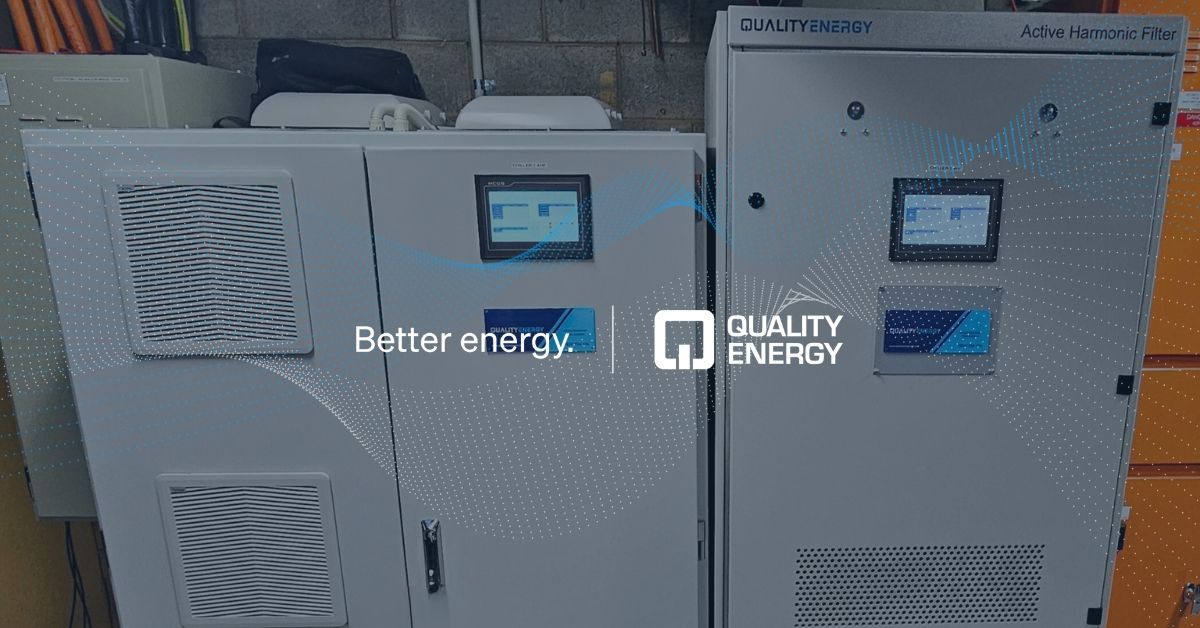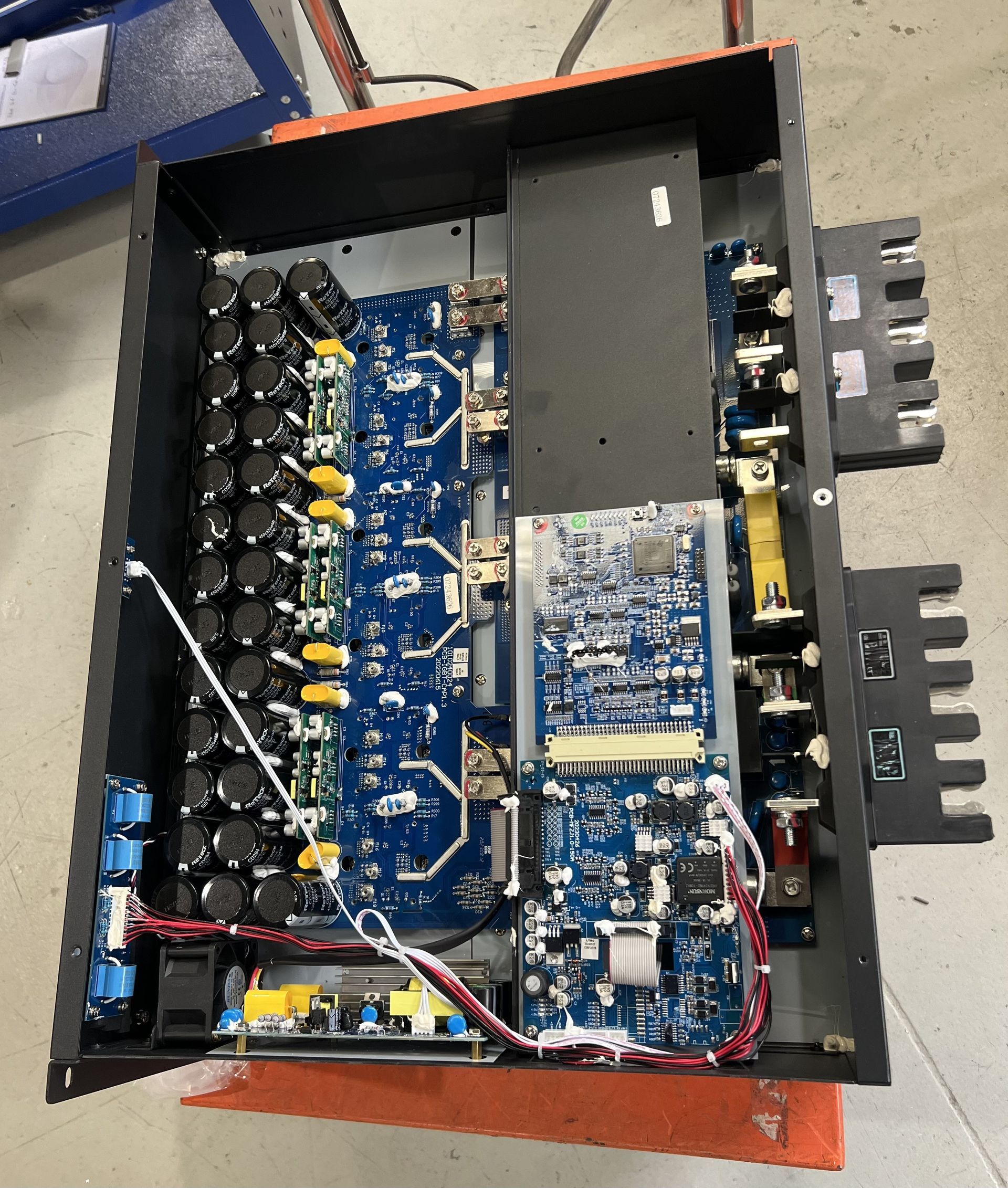On This Page:
- Introduction
- How Big is a 100kW Solar Power System?
- How Much Power Does a 100kW Commercial Solar System Produce?
- Case Study: 100 kW Solar System in New South Wales Set to Save $491,151
- How Much Does a 100kW Solar System Cost in Australia?
- Roof Area Needed for a 100kW Solar System
- Pair Your 100kW Solar System With Battery Storage
- Benefits of a 100kW Solar PV System for Australian Businesses
- How to Maximise Your 100kW Solar System Investment
- Quality Energy Are New Energy Tech (NETCC) Approved Solar Installers
- Is a 100kW Solar System Right for Your Business?
100kW Solar System: A Comprehensive Guide for Australian Businesses
Solar energy is the energy solution of choice for Australian businesses striving for sustainability and long-term electricity savings. With electricity being one of the highest operational costs for companies across industries, installing a 100kW solar system offers a range of economic and environmental benefits.
How Big is a 100kW Solar Power System?
A 100kW solar system is considered a large-scale commercial solar energy system designed for businesses and organisations with substantial energy needs. Anything under 100 kW, even 99.9kW, is considered small-scale. Once installed, this system can generate large quantities of power and is suitable for schools, warehouses, manufacturing plants, cold storage facilities, and more.
In terms of physical size, a typical 100 kW solar PV system consists of approximately 180 to 230 solar panels, depending on the wattage of the solar modules (e.g., 440W, 550W panels, etc.).
Based on previous installations, 100kW systems have required:
- 180 x 550W panels
- 230 x 440W panels
- 270 x 370W panels
- 362 x 275W panels
The total size of the system will determine the required roof space. We assess your property's rooftop and design the best solar system to fit your space and generate the amount of energy needed.
Investing in high-efficiency PV solar panels, durable roof mounting solutions, and reliable 100kW inverters ensures the longevity of your solar setup. It also keeps maintenance requirements low while maximising energy efficiency.
How Much Power Does a 100kW Commercial Solar System Produce?
Using 440W solar modules, a 100kW solar system can generate over 120,000 kWh of electricity annually, depending on location, system quality, and sunlight availability. The output is higher in places with high solar irradiance, such as Queensland, South Australia, or Western Australia.
At Quality Energy, we use Tier 1 solar modules from leading solar manufacturers to maximise your long-term energy output.
On average, a 100kW system will generate approximately 400 to 450 kWh daily, helping businesses reduce reliance on grid power and offset a significant portion of their energy consumption. By harnessing this power, companies can cut down on their electricity bills. You may even receive a return for excess energy exports through feed-in tariffs, helping to further offset rising electricity prices.
Case Study: 100 kW Solar System in New South Wales Set to Save $491,151
Budget Petrol in Goulburn planned to invest in EV charger installation. However, they faced a challenge: poor grid supply at the site, impacting the efficiency and reliability of their EV chargers. The additional energy usage from the chargers also threatened to increase tariff charges, create an irregular power supply, and potentially damage their reputation if the chargers failed to perform consistently.
After an on-site evaluation and energy data analysis, Quality Energy recommended mitigating the poor grid supply by supplementing the power source with a rooftop solar system. To address these unique requirements, the team designed and installed a 99.9kW solar power system with a special order FIMER PVS-100 string inverter fully compatible with the DC EV chargers.
This tailored solution resolved issues with grid supply and delivered significant financial, environmental, and operational benefits:
- Lifetime Benefit Projection: $491,151 over 25 years
- Payback Period: 5.8 years
- CO2 Emissions Avoided: 145.5 tonnes annually
- Solar Output Warranty: 30 years
At Quality Energy, our holistic approach to energy management sets us apart from other solar installers. As manufacturers of power quality equipment, we customise total power solutions for large businesses. We work with you to overcome any challenges - whether it be increased energy prices from kVa charges or determining the right power quality solutions.
Read more case studies here and see how we've helped small and large businesses across Australia save money and increase energy independence with solar, power factor correction equipment, harmonic filtration devices, and more.
How Much Does a 100kW Solar System Cost in Australia?
The cost of installing a 100kW solar system in Australia varies depending on system design, panel quality, and additional components like batteries or monitoring systems. On average, the installation costs range between $90,000 and $140,000.
Businesses in Australia can benefit from Federal Government Rebates and incentives such as Small-Scale Technology Certificates (STCs) for solar PV systems under 100kW. STCs are financial incentives to reduce the upfront costs of solar systems under 100kW based on the energy production capacity over 13 years. Depending on your location, this can reduce upfront costs by tens of thousands of dollars.
With rebates applied, the final cost for a solar PV system under 100kW could be much more affordable, especially for small to medium-sized enterprises (SMEs) looking to stabilise their energy costs. The payback period for most systems under 100kW is around five years, making it a long-term investment with excellent returns considering warranties on solar modules range from 25-30 years.
Roof Area Needed for a 100kW Solar System
Installing a 100kW system requires significant roof space. Typically, a business installing this system will need around 600 to 650 square metres of unobstructed roof area. The precise amount of space required will vary depending on the efficiency and physical size of the solar panels used.
When you work with Quality Energy, you don't need to worry about whether or not your roof is big enough. We evaluate your rooftop tilt, shading or obstructions, structural integrity, and more. We'll ensure your solar array is compliant with local council requirements, even if it is heritage listed. Watch our video below, which explains the process further:
Pair Your 100kW Solar System With Battery Storage
A 100kW solar system can be paired with battery storage solutions either during installation or later. It is not uncommon for organisations to seek battery systems after the initial payback period.
Batteries store energy as direct current and convert it to alternating current as needed. Installing a solar battery allows businesses to store excess energy generated during downtime (such as weekends or during business closures) for use at night or during periods of low sunlight or blackouts.
Advanced battery technologies, such as those offered by Sungrow and Potis Edge provide online monitoring and higher charging capacities, adding substantial value.
Benefits of a 100kW Solar PV System for Australian Businesses
Significant Energy Savings
Energy prices are rising. A 100kW solar system helps businesses offset their energy consumption, cutting electricity bills by as much as $25,000 annually.
Long-Term Cost Stability
Electricity costs are one of Australia's largest business operational expenses, second only to rent and wages. By adopting solar energy, businesses protect themselves from surprise energy rate hikes, ensure a stable energy cost structure, and improve cash flow predictability.
Access Government Incentives and Solar Rebates (While You Still Can)
The team at Quality Energy helps you access subsidies for solar installations, such as Small Scale Technology Certificates and Large-Scale Generation Certificates (LGCs). These programs provide upfront cost reductions or ongoing returns for businesses investing in sustainable solar solutions.
Environmental Sustainability
Switch to a solar energy system to reduce your carbon footprint and environmental impact. Solar energy is renewable, does not emit harmful greenhouse gases, and aligns with global ecological goals.
Increased Property Value
Facilities with solar panels may enjoy higher property values, as solar systems are considered valuable fixed assets.
How to Maximise Your 100kW Solar System Investment
To get the best return on investment from your 100kW solar system, consider the following:
Clean your solar panels at least twice a year to remove dirt, dust, and debris that could reduce energy efficiency.
Track your energy production with online monitoring and promptly address performance issues. When you work with Quality Energy, we monitor energy demands and usage to ensure your commercial solar panels perform their best.
Schedule energy-intensive operations during peak sunlight hours to fully use the maximum amount of solar energy generated.
Ensure you are approved for solar feed-in tariffs to offset excess power generation against your bills.
Quality Energy Are New Energy Tech (NETCC) Approved Solar Installers
Installing a 100kW system begins with an analysis of your current power consumption. Here's a brief overview of the process:
1. Assessment: The team at Quality Energy will assess your energy bills, building structure, orientation, equipment usage and local weather patterns.
2. System Design and Solar Quote: Our Solar Accreditation Australia (SAA) engineers design your commercial solar system and provide you with a detailed proposal, solar panel array sizing, energy output estimates, energy and carbon emission savings, and financing options. We offer an end-to-end solution so you can get on with running your organisation.
3. Installation: Our SAA-accredited solar electricians install the system.
4. Grid Connection Approval: Your installer will contact your electricity retailer to connect the system to the grid.
5.
Commissioning and Testing: The system is activated, tested, and fitted with online monitoring for transparent performance tracking.
Is a 100kW Solar System Right for Your Business?
A 100kW solar system is an excellent investment for Australian businesses looking to cut operational costs, stabilise cash flow, and increase sustainability.
The cost of installing solar has significantly decreased. Combined with rebates and incentives, the payback period for a 100kW solar array can be as little as 4 years.
Partner with Quality Energy to ensure you get the best solar system backed by industry-leading warranties and the latest solar technologies tailored for Australian conditions.
Related news
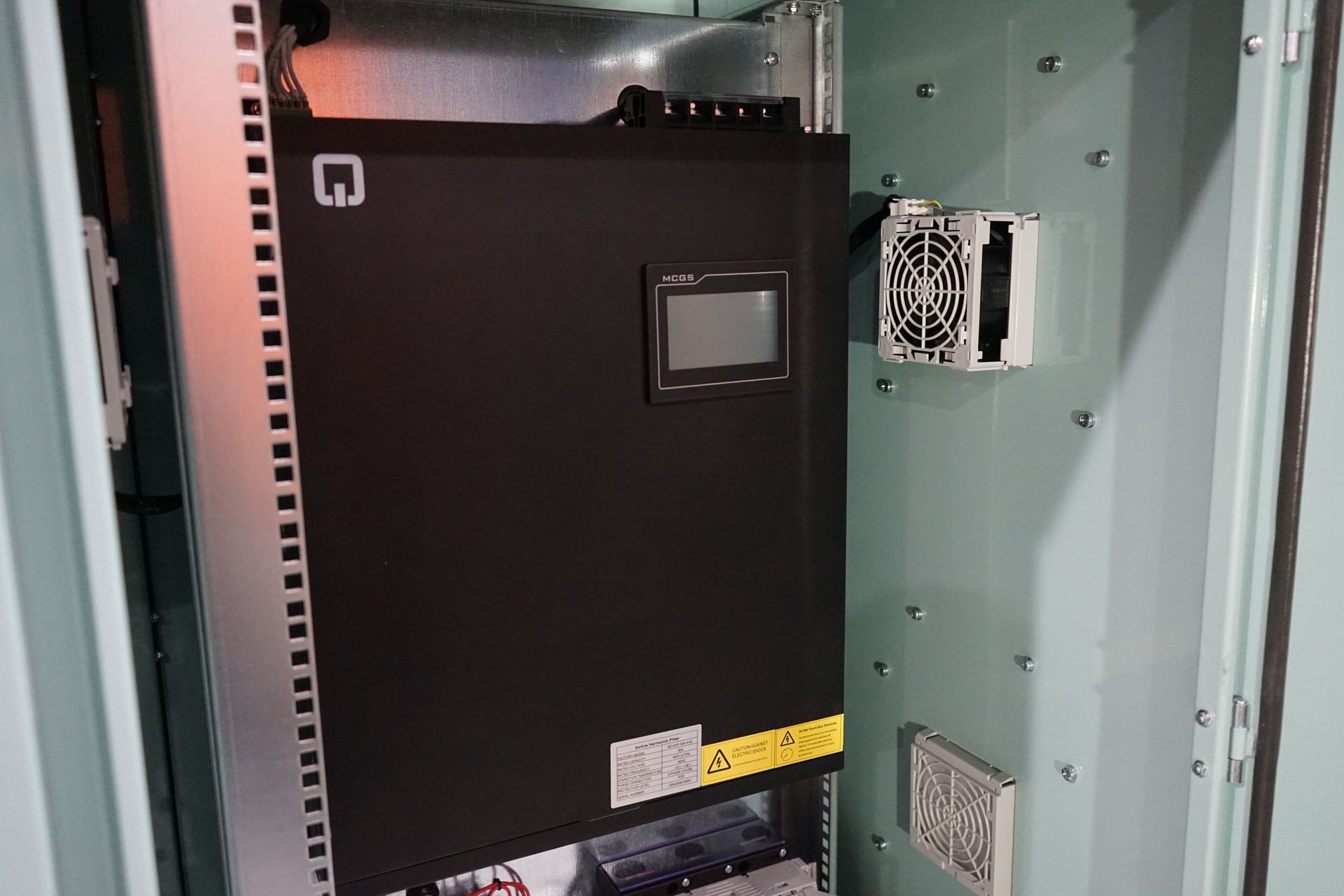
Related articles

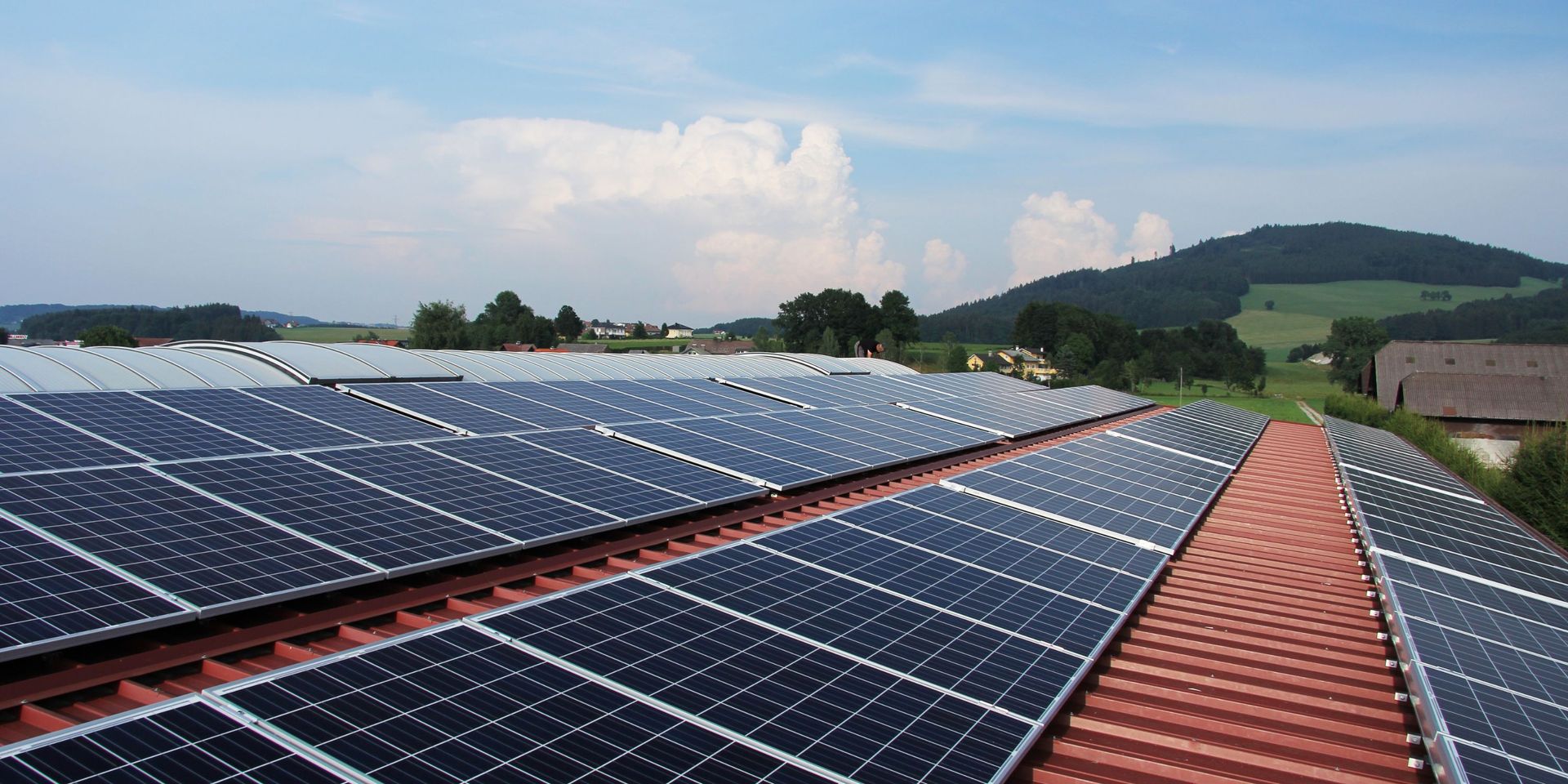
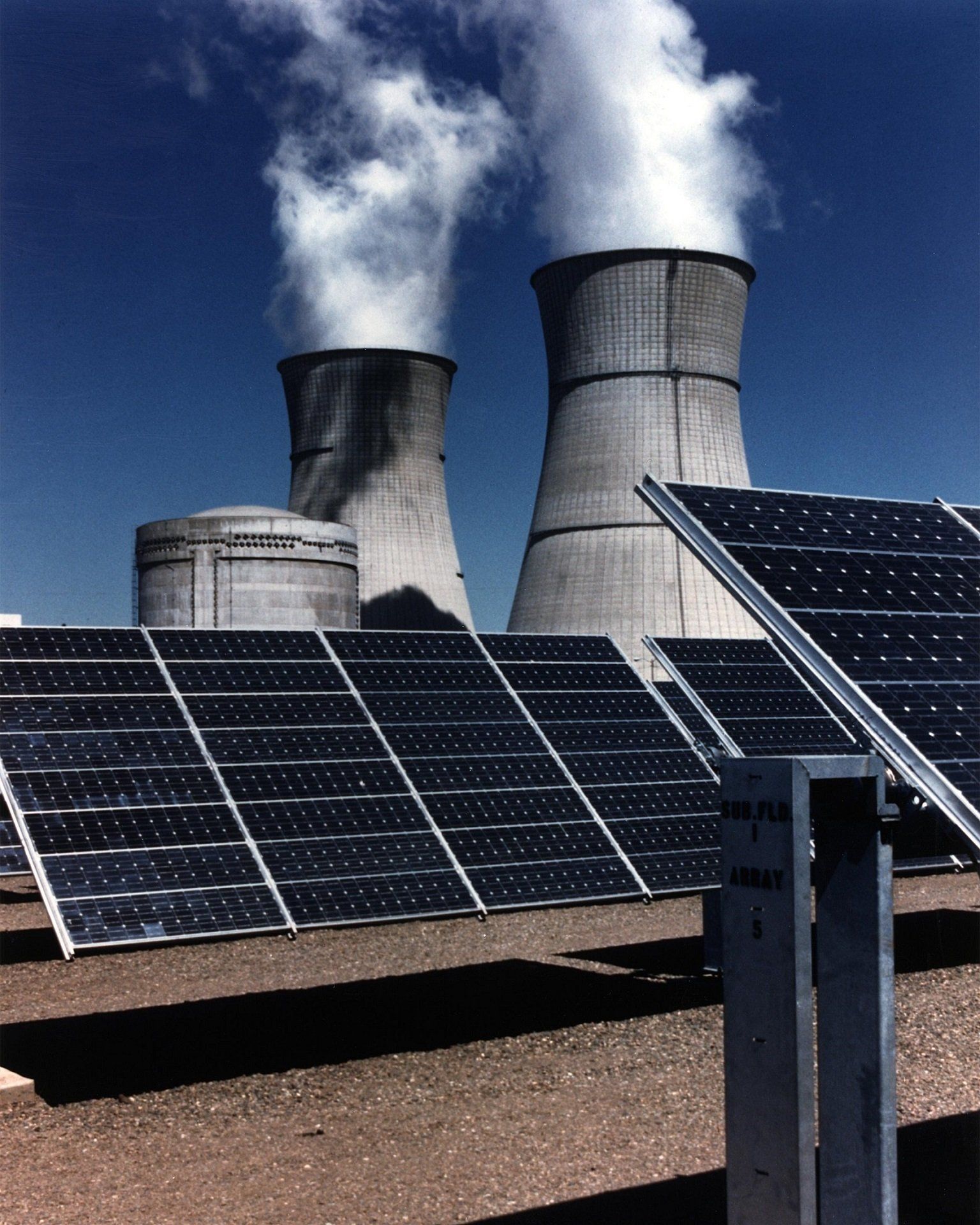
Let’s talk!
Have a question or comment? Let us know.
Head office – Melbourne
Other Locations
New South Wales
Queensland
South Australia
Tasmania

